A few years ago, I went on a road trip around the United States, Arizona was one of the destinations on my travel bucket list. My three-week road trip departed and ended in Los Angeles. I spent my time wandering around an amazing variety of beautiful national parks in the Southwest desert, also known as the Grand Circle.
[rpi]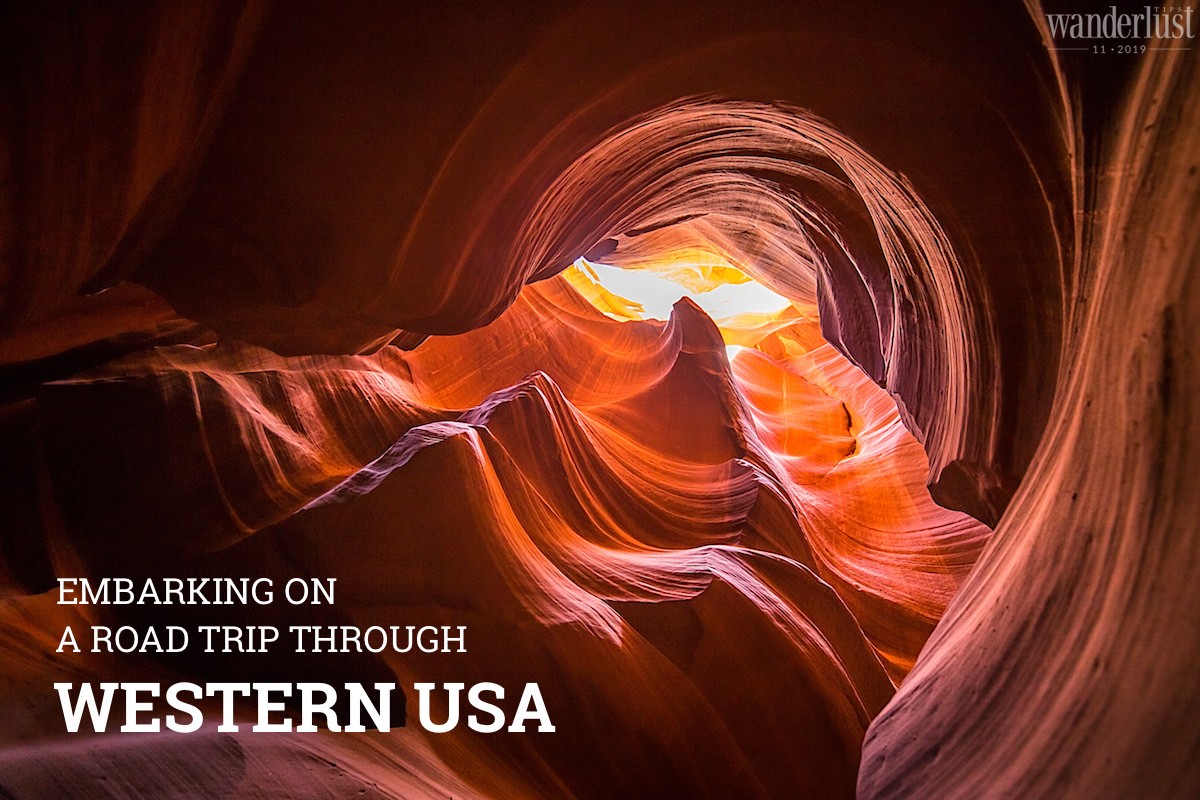
PAGE – A JUNCTION BETWEEN NATIONAL PARKS
From Monument Valley, the classic backdrop for Western Cowboy movies, I left the territory of Navajo Indians in Utah and entered Arizona, stopping at Page. The page is a small city with a population of over 7,000 and was established in the middle of the last century to serve the construction of Glen Canyon Dam. Today, it is home to a lot of hydropower plant personnel and welcomes nearly 3 million tourists to the surrounding area each year.
Tourists have such a special impression of Page because of the exotic Lake Powell Boulevard. The place is home to twelve churches of twelve different religions standing side by side, which people often call “Church Row”. However, anyone travelling along the Grand Circle must-visit Page because this is a place where the roads connecting Zion National Park, Bryce Canyon National Park, Arches National Park, Monument Valley and Grand Canyon National Park all intersect.
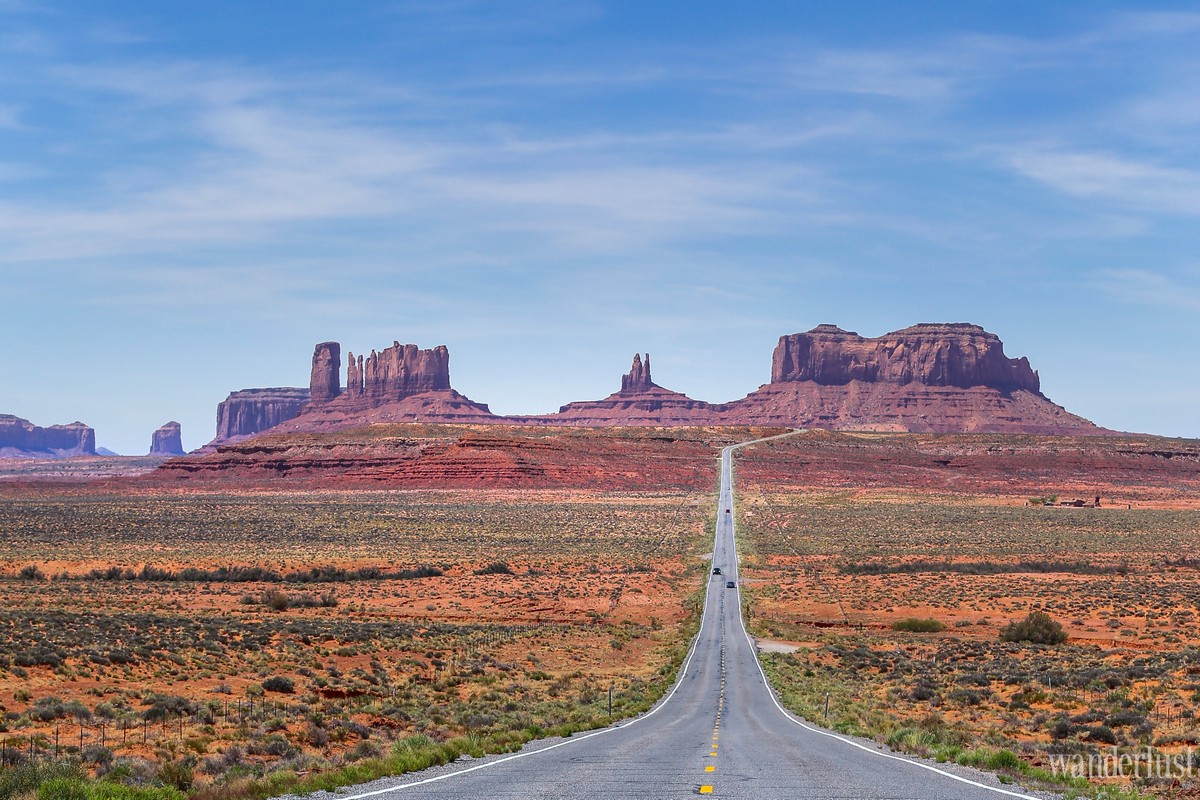
The deserts surrounding Page are not as famous as the national parks, but they still boast an undeniable beauty. The Vermilion Cliffs National Monument bordering Page to the west is famed for hundreds of layers of the stunning rocky stratum. Bordering to the north the Grand Staircase-Escalante, National Monument possesses a wild beauty and is home to an array of bizarre and vast stone pillars. Located in the Northeast, Lake Powell is one of the largest freshwater lakes in the United States. It is derived from the Colorado River and the Glen Canyon Dam. Located within a stone’s throw of Page, you will find Horseshoe Bend – a magical stretch of the Colorado River and Antelope Canyon which has been dubbed the most orange and red rocky canyon in the West.
ANTELOPE CANYON AND ITS INCREDIBLE BEAUTY
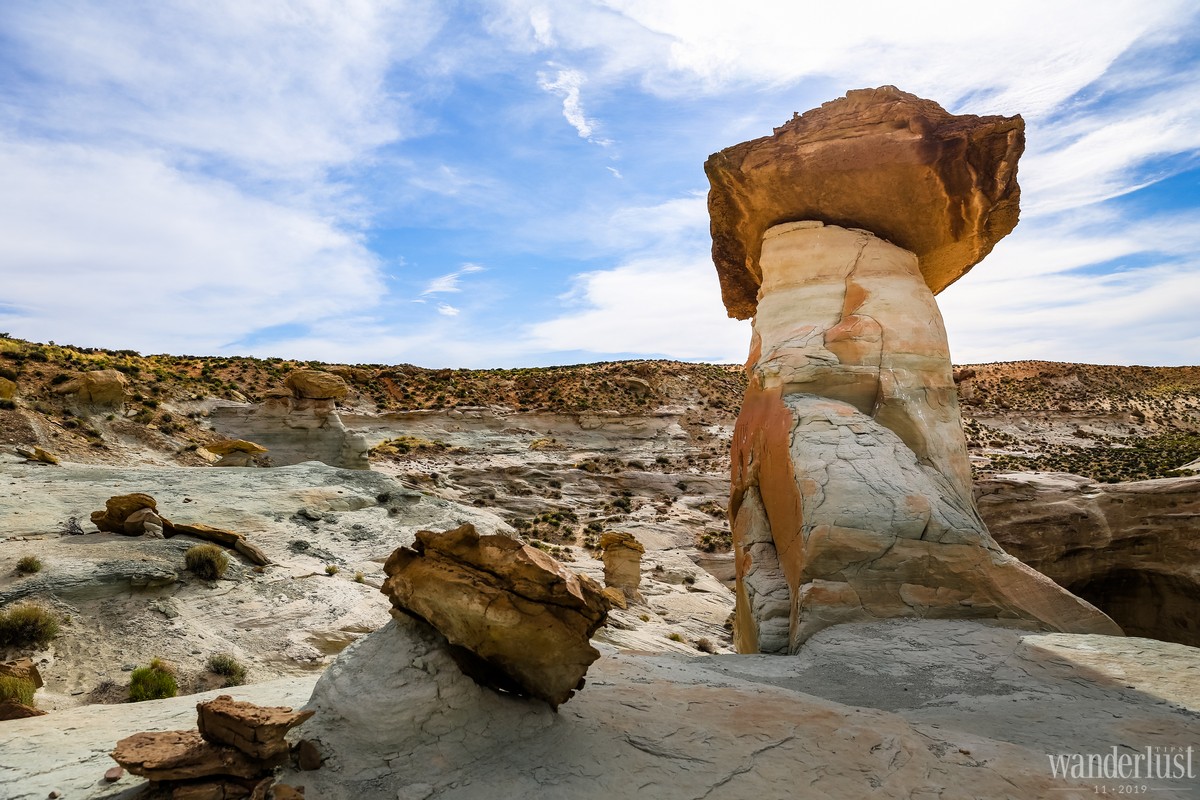
True to its name, people often encounter many antelopes around the Antelope Canyon in the winter. Antelope Canyon is divided into two separate parts, including Upper Antelope and Lower Antelope. The Navajo name for the Upper Antelope is Tsé bighánílíní, which means “the place where water runs through rocks”. The Lower Antelope Canyon is also known as Hasdestwazi or “The Corkscrew”. Both canyons are considered wonderful natural masterpieces, proving that the creativity of nature is far beyond human imagination.
The Antelope Canyon is made up of several layers of interwoven sandstone and limestone. The water derived from the flash floods and the tiny grains of sand carried by the winds have made the cliffs erode away, creating a diversity of curving stone stratum which resembles a soft silk scarf of a graceful dancer.
It is best to visit the Antelope Canyon on a sunny day. Rays of sunlight cast over the sandy floor in the valley, space light up in the dazzling sunshine and the light reflects on the surface of the pink stone. The rock, sand and light mix together to create an unbelievably magical scene before your eyes.
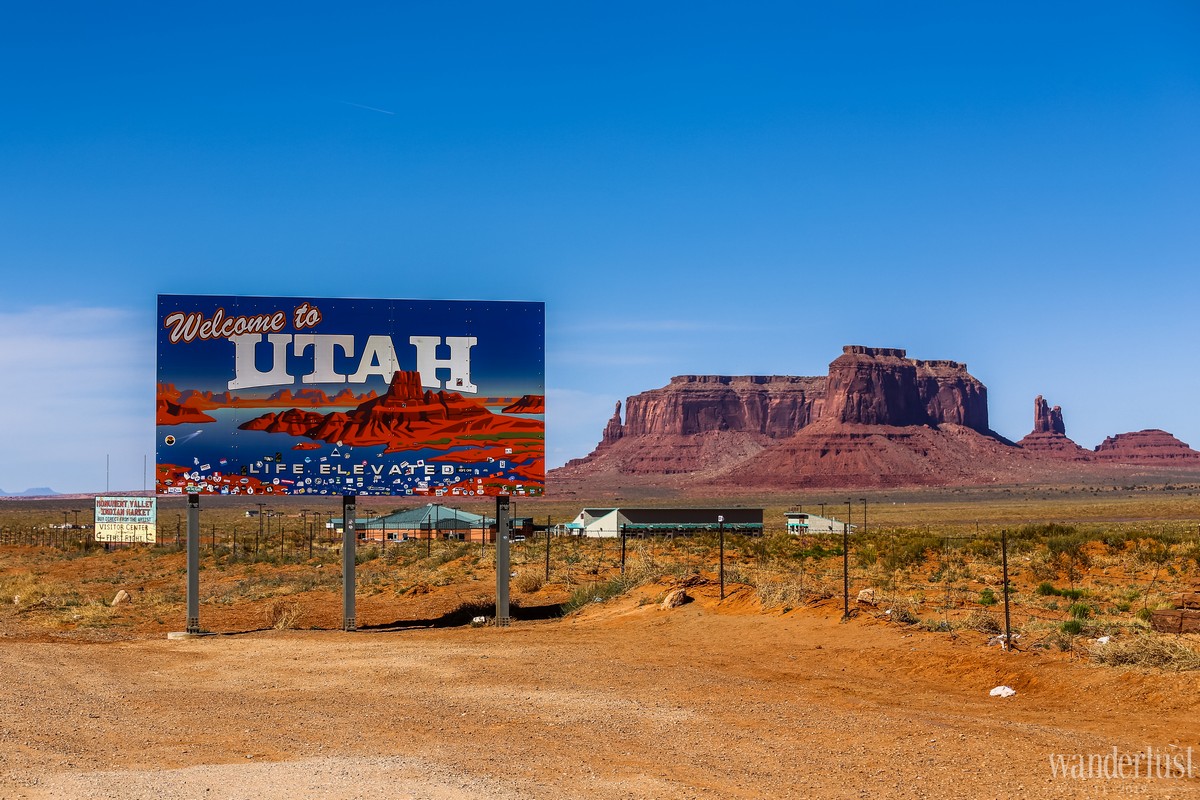
It can be said that the Antelope Canyon is the emerging star of the American West. In the 1980s, many people had not heard of the Antelope Canyon. Adventurous travellers could comfortably enjoy their haunting beauty for many hours. Today, the Antelope Canyon is proud to be one of the most attractive destinations in the Southwest due to its beauty. Thus, the number of tourists is increasing day by day, making the narrow canyon buzzing with crowds.
A far cry from the national parks under the control of the US government, the Antelope Canyon is owned by the Navajo Indians and has been a Navajo Tribal Park since 1997. Therefore, the sightseeing tours of these two canyons are constantly changing and the fares are growing exponentially in response to the number of travellers here.
UPPER ANTELOPE OR LOWER ANTELOPE
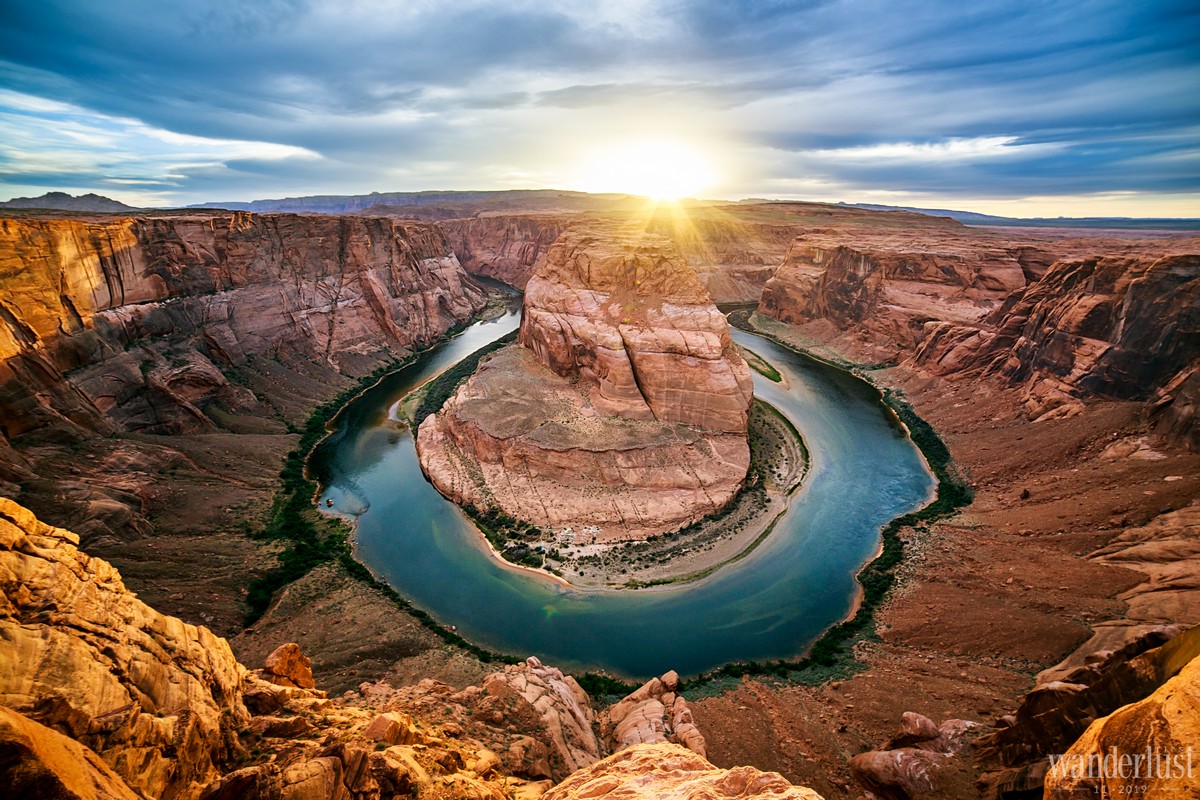
The Upper Antelope was formerly more famous than the Lower Antelope. The Upper Antelope is the one you will see plastered across postcards. Identified by their striking colours and the light bouncing down from the top to the bottom of the sparkling sand streams. Measuring a 200-metre stretch, the Upper Antelope is an unrivalled wonder.
Taking stunning pictures in the Upper Antelope can be easy yet a little difficult. Classic shooting angles are quite easy to achieve. However, the Upper Canyon is quite dark because it is formed in an inverted V-shaped structure. Thus, when the midday sun shines through a gap in the canyon, hordes of tourists follow. So even if you spend a lot of money on photography tours, you only have a very short time to capture those distinctive frames without interruption from others.
Located a stone’s throw from the Upper Canyon is the Lower Antelope Canyon. It is called Lower because the canyon is submerged underground, distinguishable from the Upper Canyon which is at ground level. Compared to the Upper, the Lower has a V-shaped structure, the top is wide and the bottom is much narrower, but it is bright enough to take beautiful pictures.
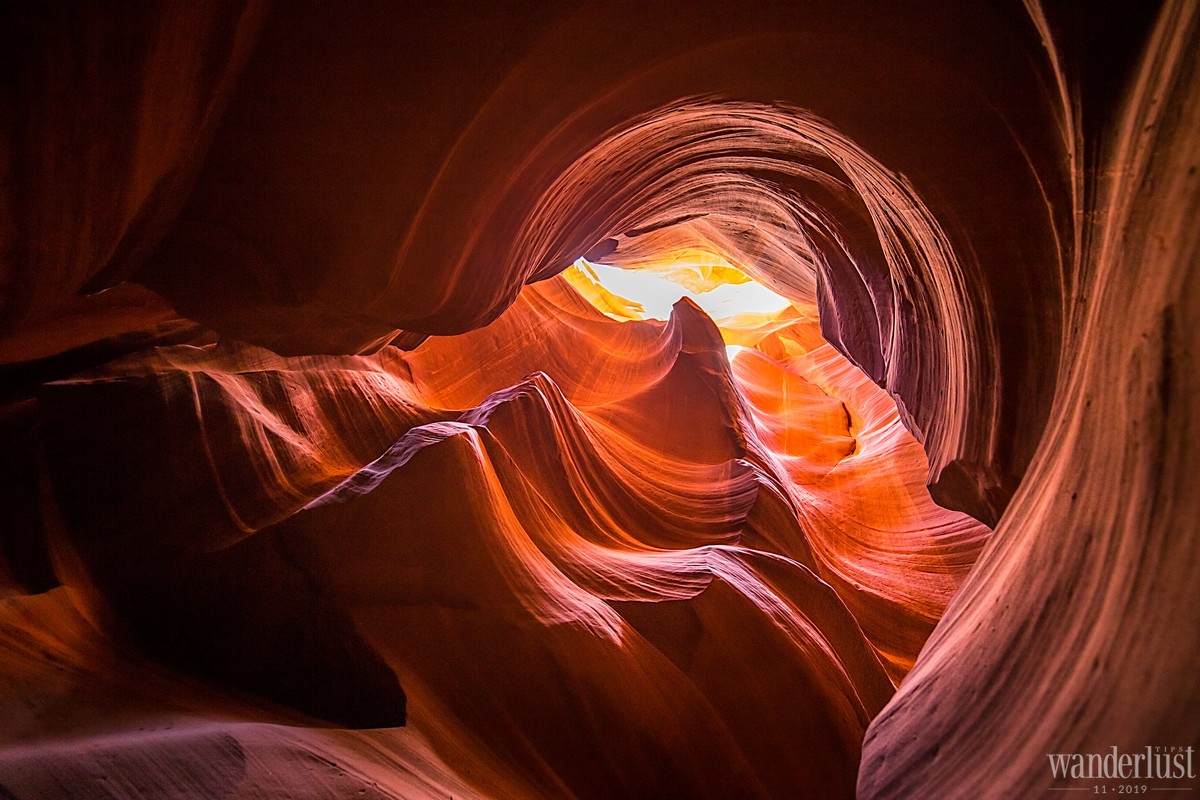
When the Lower Antelope was a lesser-known destination, it was truly a smart choice for those interested in getting away from the crowds and admiring the mystical beauty of the red sandstone canyon. However, the spiral stone arches of the Lower Antelope have become an exotic attraction. Tourists come to the Lower Canyon increasingly, but the canyon is too narrow, so from 2018, tour operators have completely removed photography tours in the Lower Antelope.
Although the Lower and Upper Antelope are not far apart and they are similar in structure, they boast their peculiar beauty in different colours and shapes that Mother Nature bestowed. It is best to choose which of the canyons you want to visit as visiting both these canyons takes a substantial amount of time and money.
HIGHLIGHTS
Upper Antelope Canyon
– The V-structure is upside down, its bottom is wide and flat, so it is easy to move around.
– Children under 7 years of age are not allowed for the General Tour and children under 13 years are not permitted on the Photography Tour.
– For photography enthusiasts, it is best to visit at noon.
– The space is very dark, so it is difficult to take stunning photos by smartphone.
– In 2019, only the Upper Canyon has a Photography Tour, but the price is expensive and it must be booked many months in advance.
Lower Antelope Canyon
– The terrain is narrow, bumpy and difficult to move, but it is truly an interesting experience for adventurers.
– Children are allowed to visit.
– Inside the canyon is tight so it can easily get crowded.
– There are many tours, so tourists need to queue up.
– It is easier to take pretty photos because the V-shaped structure receives a lot of light. Personally, I find the Upper Antelope better suited to the public and families with children. The Lower is suitable for those who are passionate about landscape photography and those who have a large budget.
DISCOVERY TOURS
Upper Antelope Tour
A few years ago, when I first came to the Upper Antelope, tourists only needed to drive to the gate and buy tickets on the spot and they could freely choose the time to visit during the day. In 2019, in order to visit the Upper Antelope Canyon, you will have to book online. The best time is between 11 am and 1 pm from April to October.
There are two tours that take place at the Upper Antelope including the General Tour (USD66 and USD77 for the golden hour) and Photography Tour (USD158). The prices are applicable to 2019, excluding taxes and other fees.
The Photography Tour costs twice as much as the general tour, but you will be able to visit with a small group of 8 people during the best hour, have more time to take pictures and appreciate this natural wonder whilst staff help you prevent other tourists from standing in your frame. However, the Photography Tour also has stricter requirements for photographic equipment and the age of participants, so you remember to read carefully before booking. Two reputable tour companies for the Upper Antelope include:
– Antelope Slot Canyon Tours – the General Tours.
– Adventurous Antelope Canyon Tours (AACT), for the General Tours and Photography Tours.
Lower Antelope Tour
There are two types of the Lower Antelope Tour. Firstly, the General Tour for 10 people (USD40/ adult, USD20/child, free for children under 7 years old) and the Deluxe Tour for 4 people (USD80/pax), excluding taxes and other fees.
With regards to the Deluxe Tour, there is a smaller number of people but you will still have to queue with other tours, there are no additional priorities, so you should consider this when booking this tour.
The two companies that offer tours into the Lower Antelope Canyon include:
– Dixie Ellis ’Tours – the General Tour.
– Ken’s Tours – the General Tour and Deluxe Tour.
Before travelling to the Lower Antelope, you should note that:
– The Lower Antelope is very cramped and there is only enough space for 1 person to enter, so be in good health and check that you will be able to move around easily in the space.
– Do not bring selfie sticks, bags or backpacks.
– During peak seasons, you may have to wait for a long time in the desert heat, so you should pack hats, towels and drinking water.
– Absolutely do not enter the Lower Antelope by yourself without a local guide, as this is a canyon slot. If it rains within a radius of 15km around the canyon, the water will rise extremely fast and it is very dangerous.
PHOTO TIPS FOR THE ANTELOPE CANYON
Capture RAW files
Always shoot in RAW. Especially in the Antelope Canyon with low light conditions and the significant difference between the light and dark areas, the RAW file will be very effective in postproduction. Try it and see the difference right away.
Tripod or no tripod?
You can only use a tripod if you take the Photography Tour. If not, you will have to move with a huge crowd. Inside the Antelope Canyon is extremely narrow and there are many people, if you do not have a guide, you do not have time to mount a tripod and take pictures.
Choosing your lens
Inside the two canyons is very tight, so for interchangeable-lens cameras, you should choose a wide-angle lens or an ultra-wide-angle lens of 14 – 35mm. All the photos in this article were taken with two lenses including Samyang 14 mm f/4 lens and Canon 17-40 mm f/4 on 2 full-frame cameras.
Adjust ISO and aperture
If you have a tripod, you can close the aperture to f/8 and set the ISO as low as 100 – 200 for an automatic speed.
If you do not have a tripod, you should open the aperture all the way (f/2.8 or f/4 depending on the lens), set the shutter speed in the range of 1/30s to 1/40s so that the image will not be blurred and ensure that ISO is set to an automatic mode.
Manual focus or automatic?
The Antelope Canyon, especially the Upper Canyon, is very dark and cameras can often not focus on the light conditions. Therefore, if you find it difficult to focus, you should completely switch the camera or lens over to manual focus mode.
Equipment preservation
The Antelope Canyon is very dusty inside. Fine sand is carried in the air. Thus, you should wrap your camera in plastic bags or a rain cover to prevent sand from making its way into any small gaps. Make sure not to change the lens inside the canyon unless both the camera and lens are switched off.
POPULAR SIGHTS AROUND ANTELOPE CANYON AND PAGE
– The Vermilion Cliffs National Monument is renowned for its spectacular rock formations of The Wave.
– The vast and wild Grand Staircase-Escalante National Monument.
– Lake Powell, one of the largest freshwater lakes in the United States, emerges from the NCL Colorado River and Glen Canyon Dam and is home to many underwater activities.
– Stud Horse Point is home to the odd Hoodoo rock formations.
– Horseshoe Bend is the most beautiful bend of the Colorado River.
Bui Huyen Chi | Wanderlust Tips


[…] you were to road trip along the legendary Pacific Coast Highway, Vin Goat would be a must-stop spot. This shop will […]
[…] is not as socially hierarchical as England and is very multicultural, with most of the world’s religions practiced here. The Australian culture is a unique blend of its own that can’t really be compared […]